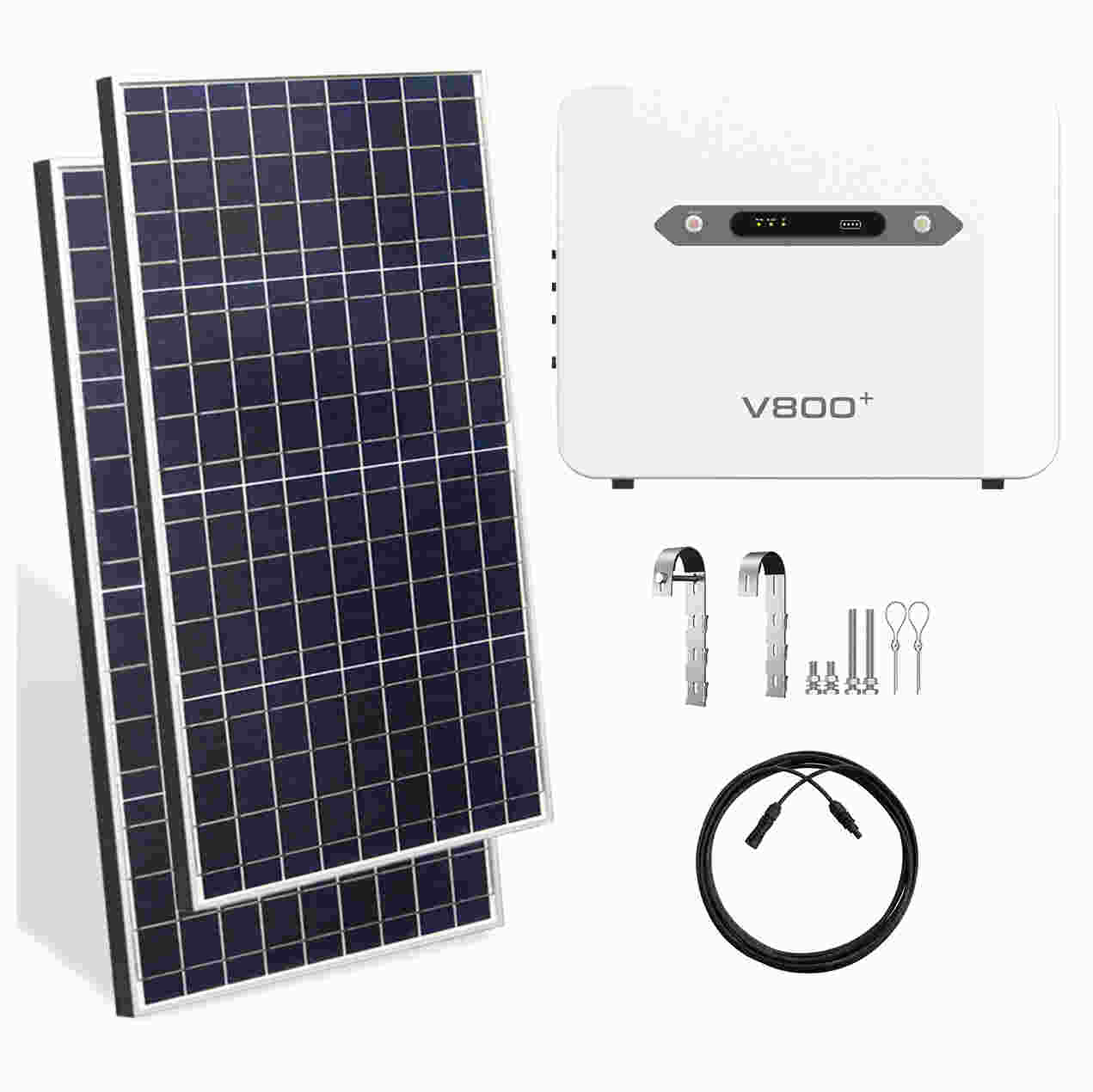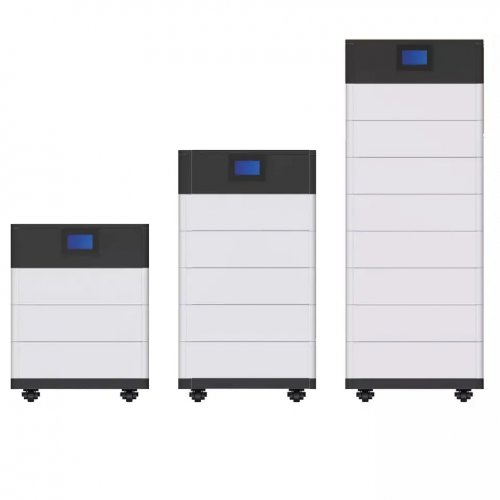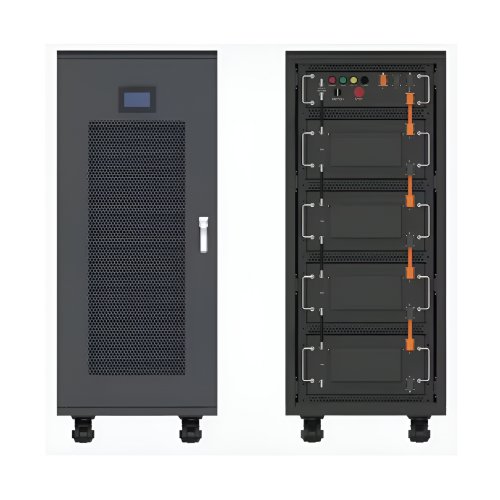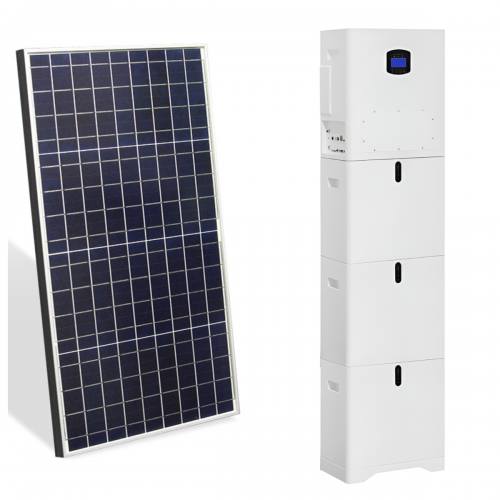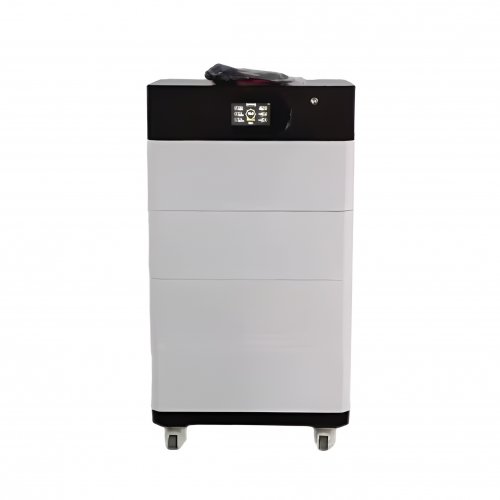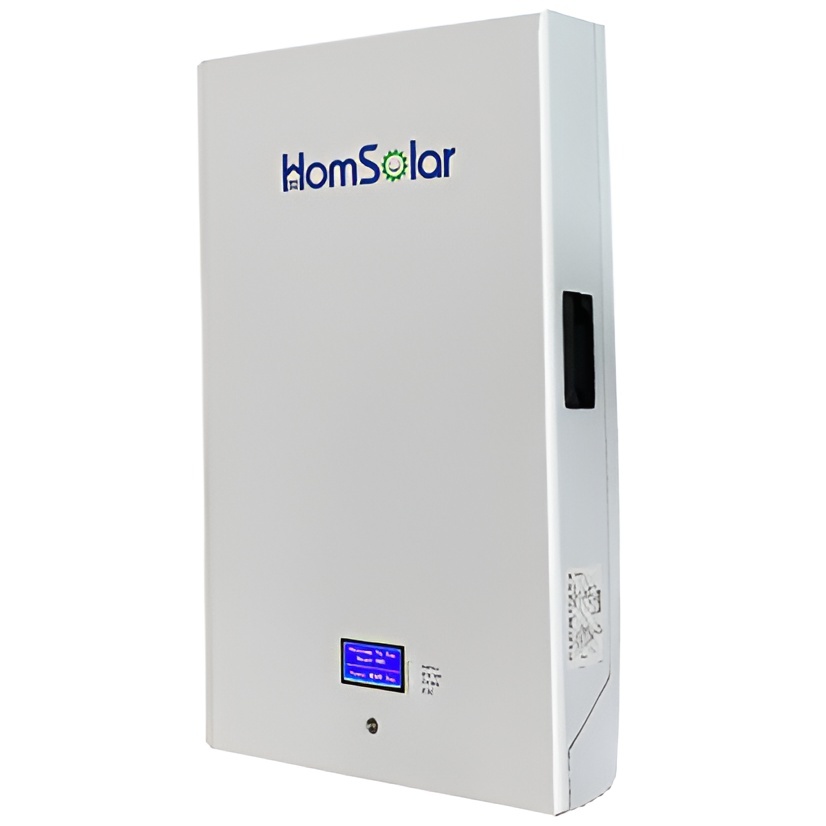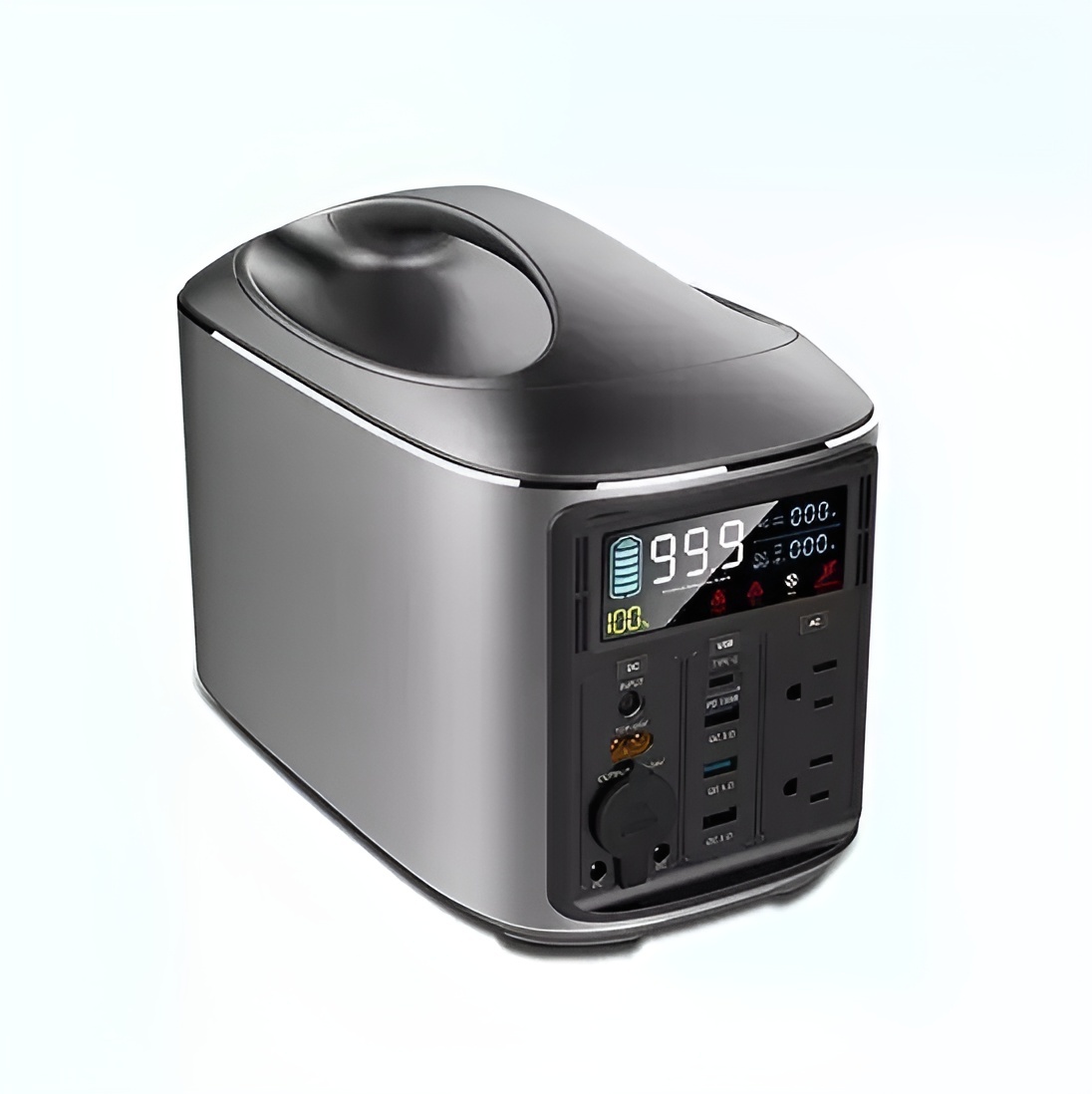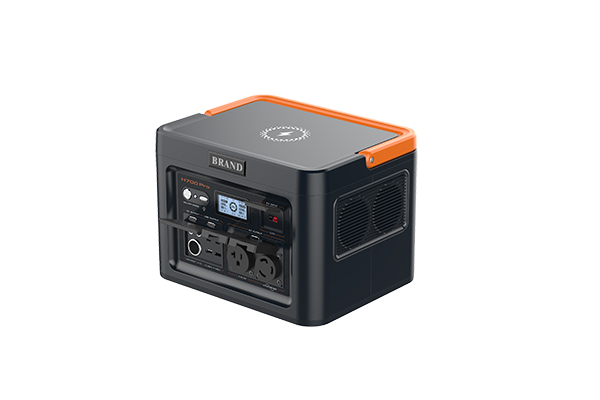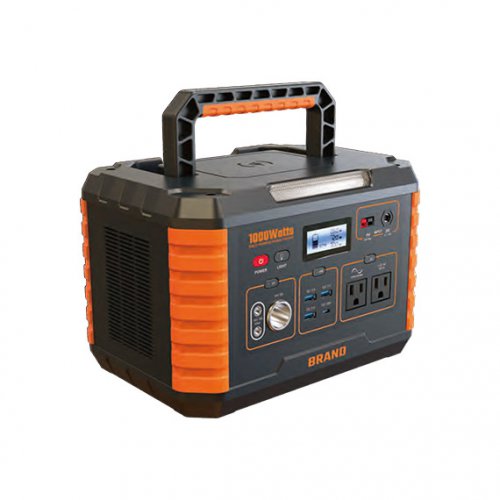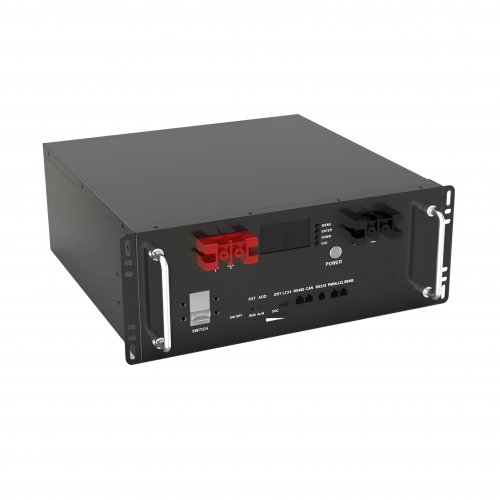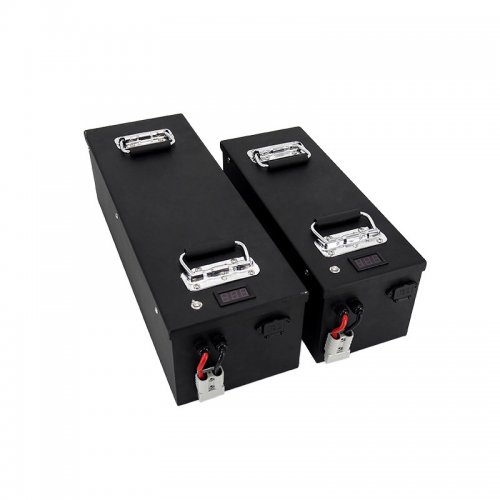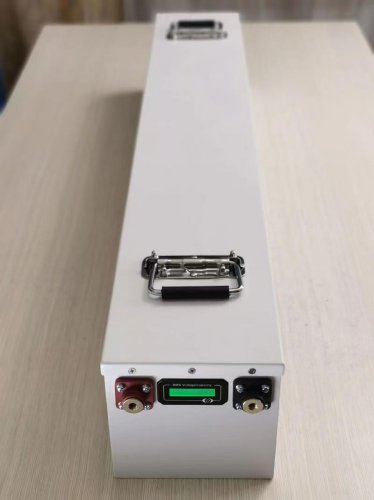Lifepo4 Temperature Performance Review: Unwavering Power In Extreme Conditions
Lithium Iron Phosphate (LiFePO4) batteries have steadily gained prominence in the energy storage market, celebrated for their safety and longevity. However, one aspect often debated is their performance across a wide temperature spectrum. This review delves deep into the temperature performance of a modern LiFePO4 battery, specifically the "PowerCore Pro 100Ah" model, to evaluate its real-world functionality in both scorching heat and freezing cold.
Product Overview and Key Functions
The PowerCore Pro 100Ah is a deep-cycle battery designed for a multitude of applications, including recreational vehicles (RVs), marine use, solar energy storage, and off-grid power systems. Its primary function is to provide a stable, reliable, and long-lasting power source. Key features relevant to this review include its built-in Battery Management System (BMS), a claimed cycle life of over 3500 cycles, and a specified operational temperature range of -20°C to 60°C (-4°F to 140°F) for discharging and 0°C to 55°C (32°F to 131°F) for charging.
The BMS is the unsung hero in temperature management. It actively monitors the battery's internal temperature and cell voltages, providing critical protections such as:High-Temperature Cut-off: Automatically disconnects the load or charging source if the core temperature exceeds a safe threshold (typically around 65-70°C).Low-Temperature Charging Protection: The most crucial feature for cold climates. It prevents any charging current from flowing when the battery temperature is below freezing (0°C/32°F), to prevent irreversible lithium plating and damage.
The Advantages: Where LiFePO4 Excels Thermally
1. Superior High-Temperature Resilience: Compared to other lithium-ion chemistries like NMC (Nickel Manganese Cobalt), LiFePO4 is inherently more stable at elevated temperatures. The phosphate-based cathode material is far less prone to thermal runaway, a reaction that can lead to fire in extreme cases. In practical terms, during testing in a confined RV compartment where ambient temperatures reached 45°C (113°F), the PowerCore Pro continued to discharge effectively. While its cycle life is optimally preserved below 25°C, its ability to operate safely up to 60°C is a significant advantage over many alternatives, providing peace of mind in hot environments.
2. Robust Low-Temperature Discharging: The battery's ability to deliver power in sub-zero conditions is impressive. In a controlled test at -15°C (5°F), the battery retained over 92% of its rated capacity when discharged at a moderate rate. This makes it exceptionally reliable for winter camping, powering critical equipment in unheated spaces, or as a starter battery for vehicles in cold climates. The voltage sag under load was minimal, ensuring that devices and appliances received consistent power even when cold.
3. Stable Voltage Plateau: Unlike lead-acid batteries, whose voltage drops significantly as they discharge and with temperature changes, LiFePO4 maintains a remarkably stable voltage output throughout most of its discharge cycle. This means a device like an inverter will experience less performance fluctuation, regardless of whether the battery is at 10°C or 40°C.
The Drawbacks and Limitations
1. The Critical Low-Temperature Charging Limitation: This is the most significant drawback of standard LiFePO4 technology. The chemical reaction involved in charging is highly susceptible to damage at low temperatures. The BMS's intervention to block charging below 0°C is a necessary protection, not a flaw, but it presents a major operational hurdle. If your battery is installed in a location that drops below freezing, you simply cannot charge it until it is warmed up. This can be a deal-breaker for year-round off-grid solar systems in cold climates without a heated battery compartment.
2. Reduced Efficiency at Extremes: While the battery operates at high and low temperatures, its efficiency is not constant. At very low temperatures (below -10°C), internal resistance increases, leading to energy loss in the form of heat during discharge and a slight reduction in usable capacity. Similarly, continuous operation at high temperatures (above 45°C) will accelerate the gradual degradation of the battery, shortening its overall lifespan compared to operation in a moderate, room-temperature environment.
3. Potential Need for Accessories: To overcome the low-temperature charging barrier, users often must invest in external solutions. These include heated battery pads or insulated boxes, which add to the overall system cost and complexity. The PowerCore Pro itself does not include an internal heating element, which is a feature found on some premium models.
Actual Usage Experience
To test the PowerCore Pro, it was deployed in two distinct scenarios over several weeks.Scenario 1: Desert Overlanding: The battery was used in a 4x4 vehicle for a week in a dry, desert climate. Daytime ambient temperatures consistently hovered around 38°C (100°F), and the battery compartment often felt hotter to the touch. The battery powered a 12V fridge, lighting, and a small inverter without any issues. The BMS never triggered a high-temperature cut-off, and the battery case remained only warm. The stable voltage was particularly appreciated, as the fridge compressor did not struggle as it often did with the previous AGM battery under similar heat.Scenario 2: Winter Ice Fishing Shelter: This was the ultimate low-temperature test. The battery was used inside an uninsulated ice fishing shelter over a weekend where temperatures dropped to -12°C (10°F). It reliably powered LED lights, a small USB-powered fan for ventilation, and a laptop for several hours each day. Discharge performance was flawless. However, attempting to recharge it the following morning with a portable solar panel was impossible. The BMS steadfastly refused to allow any current in until the battery was brought inside a warm vehicle for over an hour. This perfectly illustrated the limitation in practice.
Objective and Balanced Evaluation
The LiFePO4 chemistry, as exemplified by the PowerCore Pro 100Ah, offers a compelling blend of high-temperature safety and excellent low-temperature discharge capability. Its performance is a testament to why it has become the preferred choice for applications where thermal stability is paramount.
Objectively, its strengths are undeniable. The peace of mind that comes from its high thermal runaway threshold is invaluable, especially in mobile or enclosed installations. Its ability to deliver nearly its full rated capacity in bitter cold is a game-changer for winter sports enthusiasts and those in cold climates who need reliable power.
However, its primary weakness—the inability to accept a charge in freezing conditions—cannot be overlooked. This characteristic makes it unsuitable for "set-and-forget" solar installations in seasonally cold regions without proactive thermal management. The user must be aware of this limitation and plan their system accordingly, potentially adding cost and complexity.
In conclusion, the temperature performance of this LiFePO4 battery is excellent for discharging across a very wide range, but it demands user awareness and sometimes additional investment to manage its narrow charging temperature window. For those who can work within these parameters, or for use in predominantly warm to moderate climates, it provides an exceptionally robust and long-lasting power solution. Its performance is not just about holding a charge; it's about delivering power steadfastly when other batteries would falter or become unsafe.
Customized/OEM/ODM Service
HomSolar Supports Lifepo4 battery pack customization/OEM/ODM service, welcome to contact us and tell us your needs.


HomSolar: Your One-stop LiFePO4 Battery Pack & ESS Solution Manufacturer
Our line of LiFePO4 (LFP) batteries offer a solution to demanding applications that require a lighter weight, longer life, and higher capacity battery. Features include advanced battery management systems (BMS), Bluetooth® communication and active intelligent monitoring.

Customised Lithium Iron Phosphate Battery Casing
ABS plastic housing, aluminium housing, stainless steel housing and iron housing are available, and can also be designed and customised according to your needs.

HomSolar Smart BMS
Intelligent Battery Management System for HomSolar Energy Storage System. Bluetooth, temperature sensor, LCD display, CAN interface, UART interface also available.


Terminals & Plugs Can Be Customized
A wide range of terminals and plugs can be customised to suit the application needs of your battery products.

Well-designed Solutions for Energy Storage Systems
We will design the perfect energy storage system solution according to your needs, so that you can easily solve the specific industry applications of battery products.



About Our Battery Cells
Our energy storage system products use brand new grade A LiFePO4 cells with a battery lifespan of more than 4,000 charge/discharge cycles.



Applications in Different Industries
We supply customized & OEM battery pack, assemble cells with wiring, fuse and plastic cover, all the cell wires connected to PCB plug or built BMS.
Applications: E-bike, Electric Scooter, Golf Carts, RV, Electric Wheelchair, Electric Tools, Robot Cleaner, Robot Sweeper, Solar Energy Storage System, Emergency Light, Solar Power Light, Medical Equipment, UPS Backup Power Supply.
We can provide you with customized services. We have the ability to provide a vertical supply chain, from single cells to pack/module and to a complete power solution with BMS, etc.


HomSolar (Shenzhen) Technology Co., Ltd







